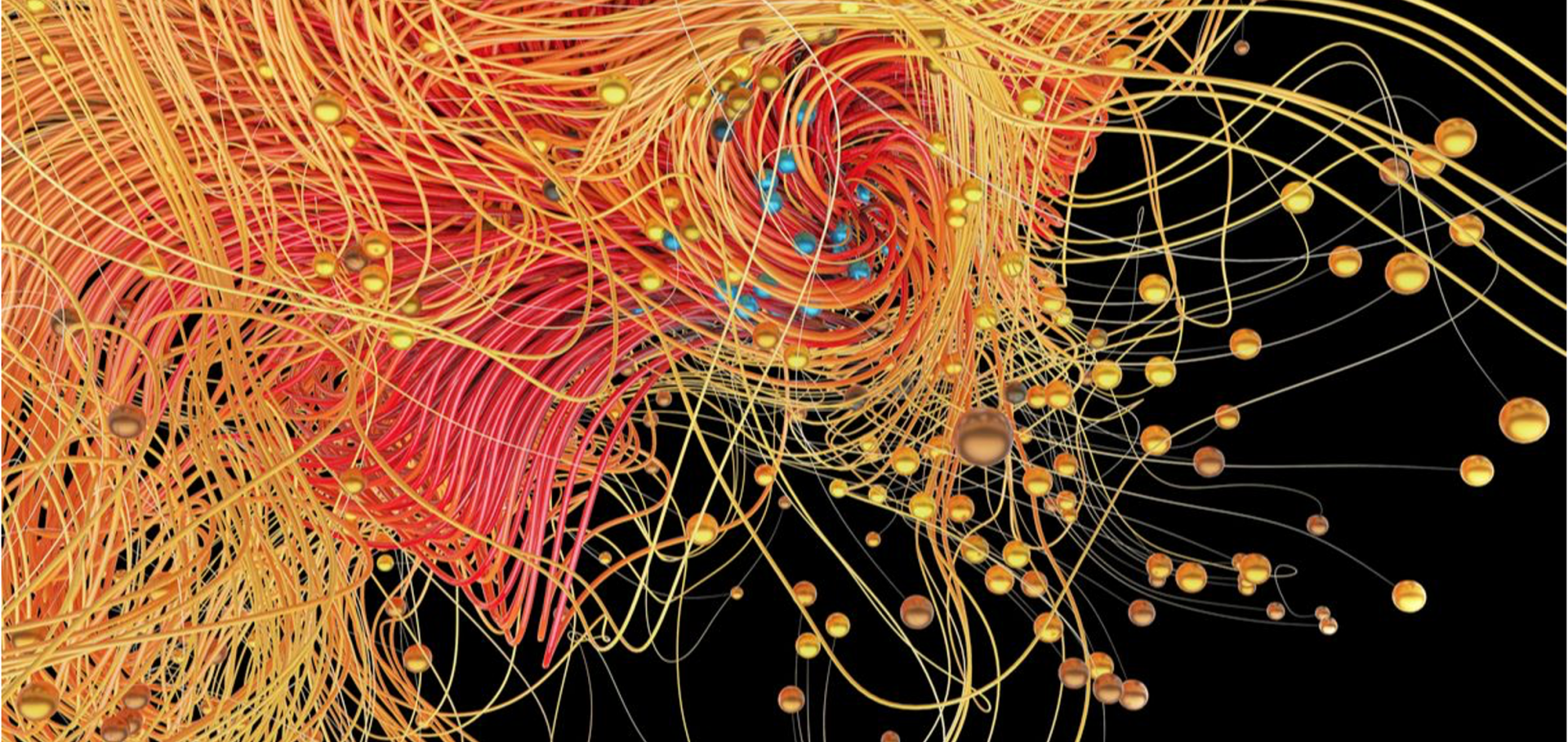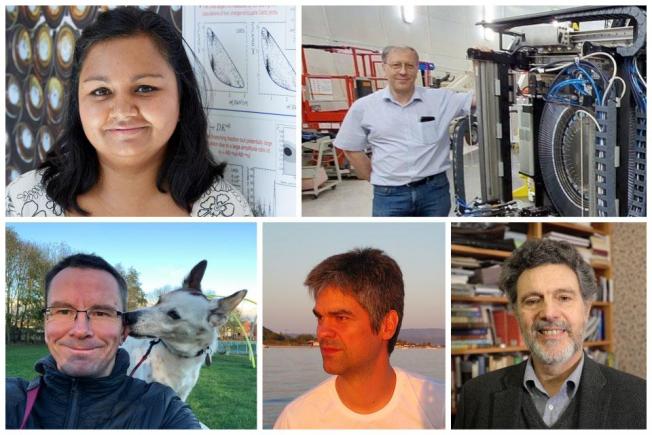Evolution of magneto-orbital order upon B-site electron doping in Na1-xCaxMn7O12 quadruple perovskite manganites
(2018)
Breaking Symmetry with Light: Ultra-Fast Ferroelectricity and Magnetism from Three-Phonon Coupling
Physical review B: Condensed matter and materials physics American Physical Society (2018)
Abstract:
A theory describing how ferroic properties can emerge transiently in the ultra-fast regime by breaking symmetry with light through three-phonon coupling is presented. Particular emphasis is placed on the special case when two exactly degenerate mid-infra-red or THz phonons are resonantly pumped, since this situation can give rise to an exactly rectified ferroic response with damping envelopes of ~ 1 ps or less. Light-induced ferroelectricity and ferromagnetism are discussed in this context, and a number of candidate materials that could display these phenomena are proposed. The same analysis is also applied to the interpretation of previous femto-magnetism experiments, performed in different frequency ranges (visible and near-infrared), but sharing similar symmetry characteristics.Ab initio calculation of spin fluctuation spectra using time-dependent density functional perturbation theory, plane waves, and pseudopotentials
PHYSICAL REVIEW B 97:2 (2018) ARTN 024420
Abstract:
We present an implementation of time-dependent density functional perturbation theory for spin fluctuations, based on plane waves and pseudopotentials. We compute the dynamic spin susceptibility self-consistently by solving the time-dependent Sternheimer equation, within the adiabatic local density approximation to the exchange and correlation kernel. We demonstrate our implementation by calculating the spin susceptibility of representative elemental transition metals, namely bcc Fe, fcc Ni, and bcc Cr. The calculated magnon dispersion relations of Fe and Ni are in agreement with previous work. The calculated spin susceptibility of Cr exhibits a soft-paramagnon instability, indicating the tendency of the Cr spins to condense in an incommensurate spin density wave phase, in agreement with experiment.Observation of magnetic vortex pairs at room temperature in a planar {\alpha}-Fe2O3/Co heterostructure
(2018)
Breaking Symmetry with Light: Ultra-Fast Ferroelectricity and Magnetism from Three-Phonon Coupling
(2017)



